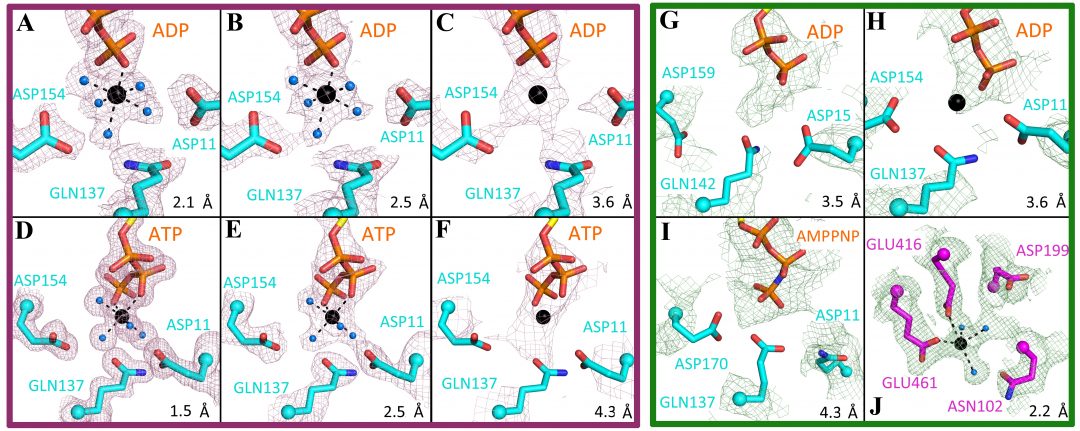Material scientists shape the surface of tiny, curved carbon fibres tailoring the materials’ properties in a spectacuar way.


Material scientists shape the surface of tiny, curved carbon fibres tailoring the materials’ properties in a spectacuar way.
![Super-Repellent Surfaces Based on Triply Re‐Entrant Structures [Video]](https://www.advancedsciencenews.com/wp-content/uploads/2018/05/adma201800103_ASN_image_003.jpg)
Zhongze Gu and colleagues from Southeast University in China utilize direct laser writing to 3D-print omniphobic, triply re-entrant surfaces that can universally repel organic liquids.

A team of researchers from the UK present the application of wavelength modulated Raman spectroscopy for the automated label‐ and fluorescence‐free classification of fixed squamous epithelial cells in suspension, such as those produced during a cervical smear test.

Young start-up team develops a promising new reference materials for direct microanalysis of solids.

In their review in BioEssays, David Popp et al. discuss how recent advances in structural biology have provided new insights into biological filament systems.

A transparent and breathable microfluidic contact lens that could help to diagnose and treat eye disease is developed.
![3D e-Whiskers for Complex Sensing Applications [Video]](https://www.advancedsciencenews.com/wp-content/uploads/2018/03/adma201706733_ASN_image.png)
A scalable method for fabricating electronic whiskers (e-whiskers)—a class of electronic skin—for sensing a variety of external stimuli, including proximity, texture mapping, surface roughness, material stiffness, force, and temperature.

A broadband visible-light-driven photocatalytic SERS platform with the CuO nanowires (NWs)/Cu2O hetero-nanostructures as the backbone.

This month’s Advanced Engineering Materials covers and top papers!

Prof. Subodh Mhaisalkar of Nanyang Technological University, Singapore discusses the future of perovskite optoelectronics in an interview with the editors of Energy Technology.